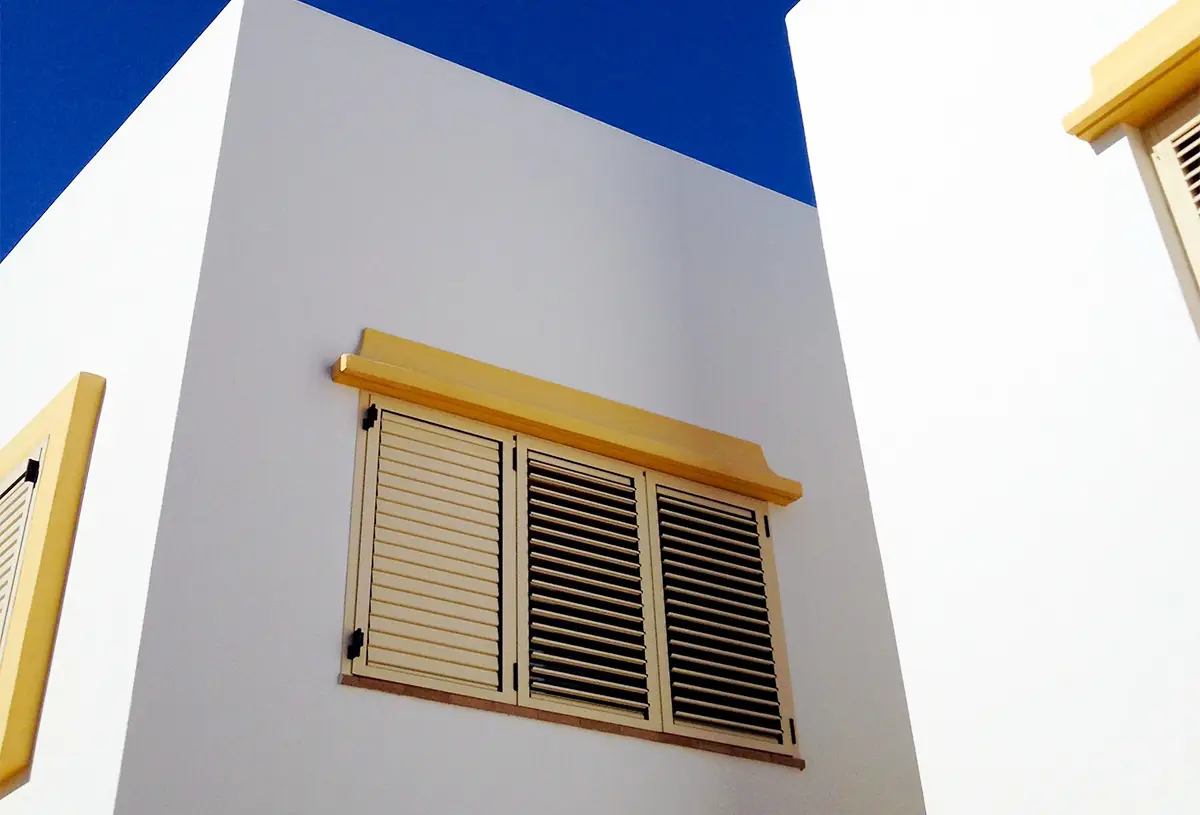
The Rise of Bird Friendly Architecture (and Bird Film)
American architecture has meandered through dozens of styles and structures: from early colonial symmetry to neoclassical columns to art deco ziggurats – just to name a few. What’s next on the horizon? We’re seeing the rise of bird-friendly architecture. Maybe not an architectural movement you’d list next to brutalism and structuralism. Nevertheless this is an important development for architects and property owners to be aware of.
In the United States alone, an estimated 1 billion birds are killed each year due to glass collisions. In fact, bird strikes are the second highest human cause of bird deaths. And increasingly architects, conservators and policy makers are taking action. Architectural solutions such as bird film are quickly rising in use – in some cases to meet the demands of changing building codes.
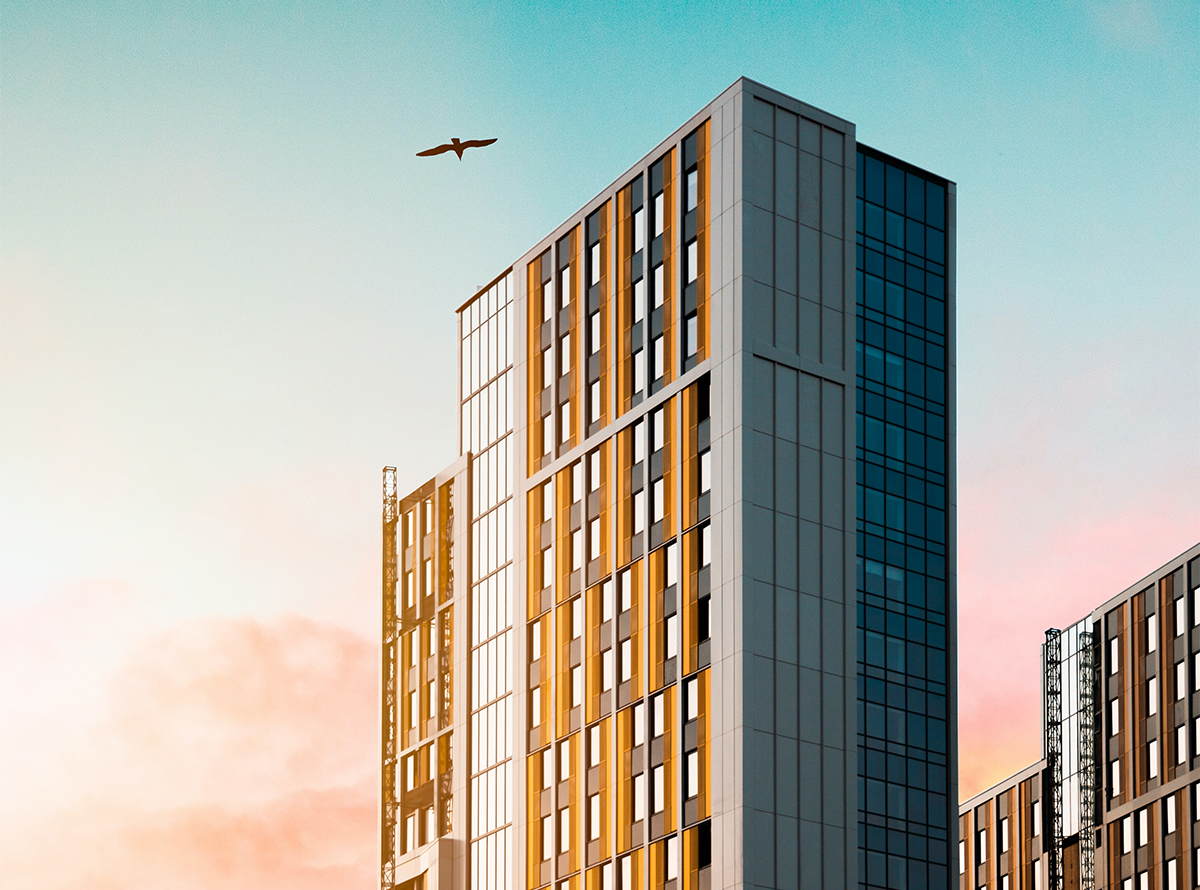
The Dangers of Modern Architecture to Birds
Over the past 50 years, our cities have transformed from brick and concrete facades to towers of entirely glass facades. With the rise of glass use in construction, there has been a corresponding rise in bird deaths. Most birds flying into glass at full speed die from the physical trauma of the collision. But why is it that millions of birds are flying into glass every year?
Birds simply cannot perceive glass that we can. Although glass is transparent to humans as well, we have learned the visual cues that inform us that glass is present, not just open space. We notice the framing, the dirt, the small imperfections in the glass. We understand what is constructed in a way that birds do not. Furthermore, birds have poor depth perception and contrast sensitivity.
Even with all of our greater advantages, it is not uncommon that distracted pedestrians walk into glass. In fact, it’s becoming increasingly common for office buildings to install distraction marker film on their glass offices to prevent employees from walking into it. It’s no surprise that birds are having an even tougher time in our glass filled world.
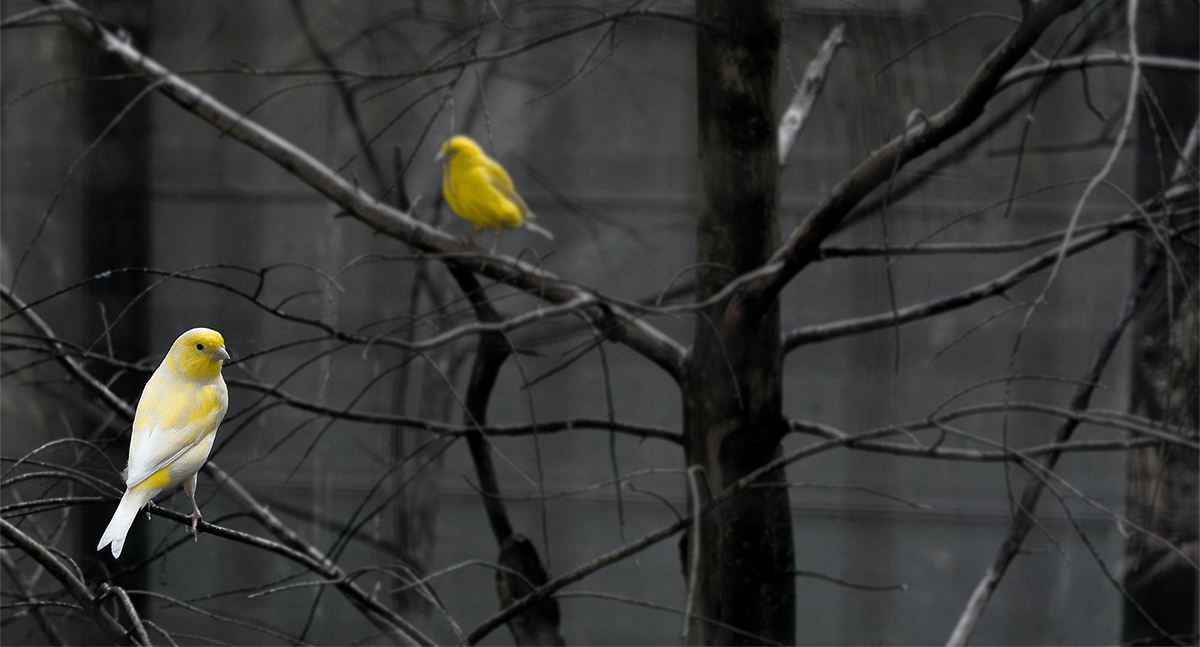
History of Bird Protection & Rise of Bird-Friendly Architecture
The United States started passing legislation to protect birds during the early 1900s, after many species were over-hunted nearly to extinction. Or in some cases, to extinction. Even if you’re not a particular lover of birds, this should matter to you. The mass loss of birds causes an incredible disruption to the ecosystem. They help control the insect and rodent populations. Consequently helping in turn to prevent the spread of the diseases they carry – like West Nile virus. Furthermore, they help the environment by spreading seeds and pollinating plants. Even if you’re not going to take up bird-watching, you can appreciate the vital role birds play.
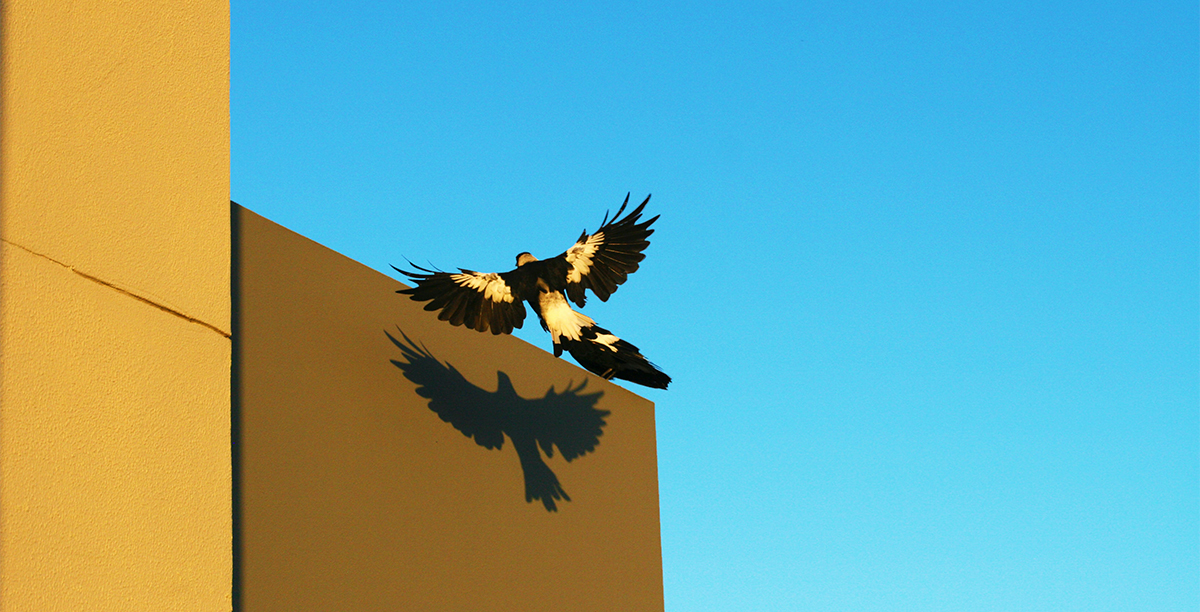
What Does It Mean to Be “Bird-Friendly”?
Good question. There isn’t one universal and scientifically backed criteria. It is impossible to calculate with any precision how many birds a future building will kill. For the sake of this article, we’ll hammer out a bird-friendly building definition. Let’s say it incorporates architectural strategies which are known to vastly reduce bird mortality rates.
Bird-Friendly Solutions
A building that’s safe for birds doesn’t have to eliminate all of its glass to do it. Rather, most bird-friendly solutions are effective because they make glass more visible to birds so they know to avoid the structure. These strategies can be both incorporated in the initial design of new buildings and added on to existing structures to make them safer.
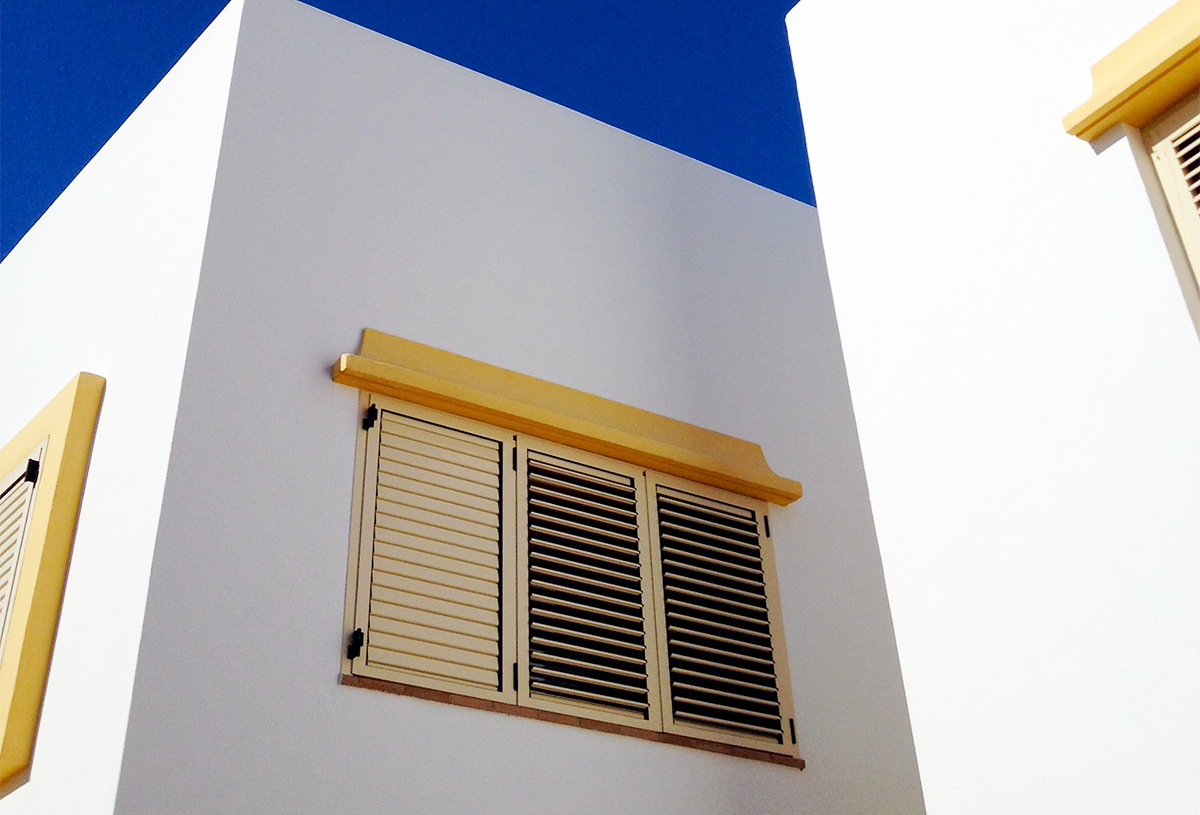
Architectural Elements That Protect Our Bird Population
One popular strategy is the use of screening. Secondary facades which wrap the building can effectively alert flying birds to the presence of a structure. The most cost-effective of these are screens and netting. However decorative grilles and shutters can simultaneously beautify the building while protecting the local bird population.
Another option that has proven helpful are overhangs such as balconies and awnings. These work by blocking the view of the glass and helping to eliminate the reflections of sky that trick birds into thinking they can fly through.
Finally, for a permanent solution that can be incorporated in the initial building plans, there’s angled glass. Angled glass facades offer a unique visual element for a building, while also vastly reducing fatal bird strikes. It’s an especially practical solution for single-story structures.
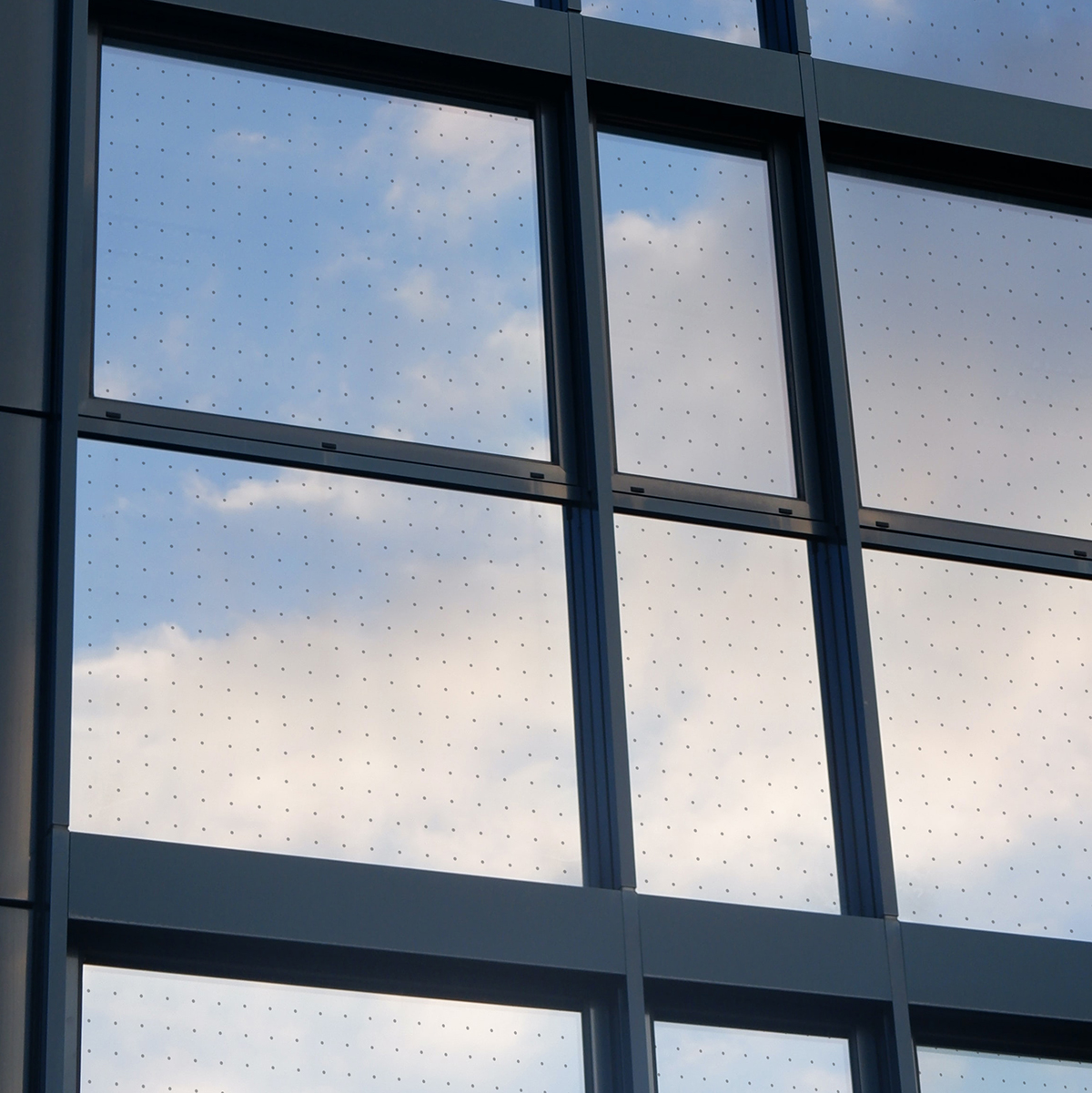
Bird Film: A Cost-Effective and Non-Intrusive Solution
One solution that is growing in popularity is bird safety film. This is an especially useful solution for updating existing buildings without expensive renovations. Bird film works basically as distraction markers for birds. Printed patterns alert flying passersby that a solid structure exists. Available as an endless variety of styles and possibilities, there is something that fits every building style.
Nonobtrusive patterns use small dots or thin lines to alert birds without significantly altering the property’s appearance. However, the customizability of window film opens up opportunities for design. Frosted patterns, printed imagery, colorful stained-glass styles are just the tip of the iceberg. It’s an opportunity to do some good for the local ecosystem while adding and impactful design element to a building’s façade.
Cost-effective, aesthetically pleasing, and easily installed, bird film has proven to be a popular solution in recent years. As more buildings adopt bird-friendly architecture legislations, it’s an easy addition to get a building quickly up to a new code.

Move Toward Bird-Friendly Architecture Today
With advances in engineering and manufacturing, modern buildings have seen an explosion in glass use in the past 50 years. Unfortunately, that has been matched with a rise in bird fatalities. However, we now have the research and tools to turn contemporary architecture more bird-friendly. From decorative facades to bird film, there’s a solution for any building. And as more cities are adopting legislation to require for bird-safe construction practices, it’s increasingly important to learn about the potential threat your building has to the local bird population. If you’re interested in learning more about bird safety film contact MetWest today!
Recent Posts
Tags
Have Questions?
Aenean imperdiet. Etiam ultricies nisi vel augue. Curabitur ullamcorper ultricies nisi. Nam eget dui. Etiam rhoncus.

No Comments